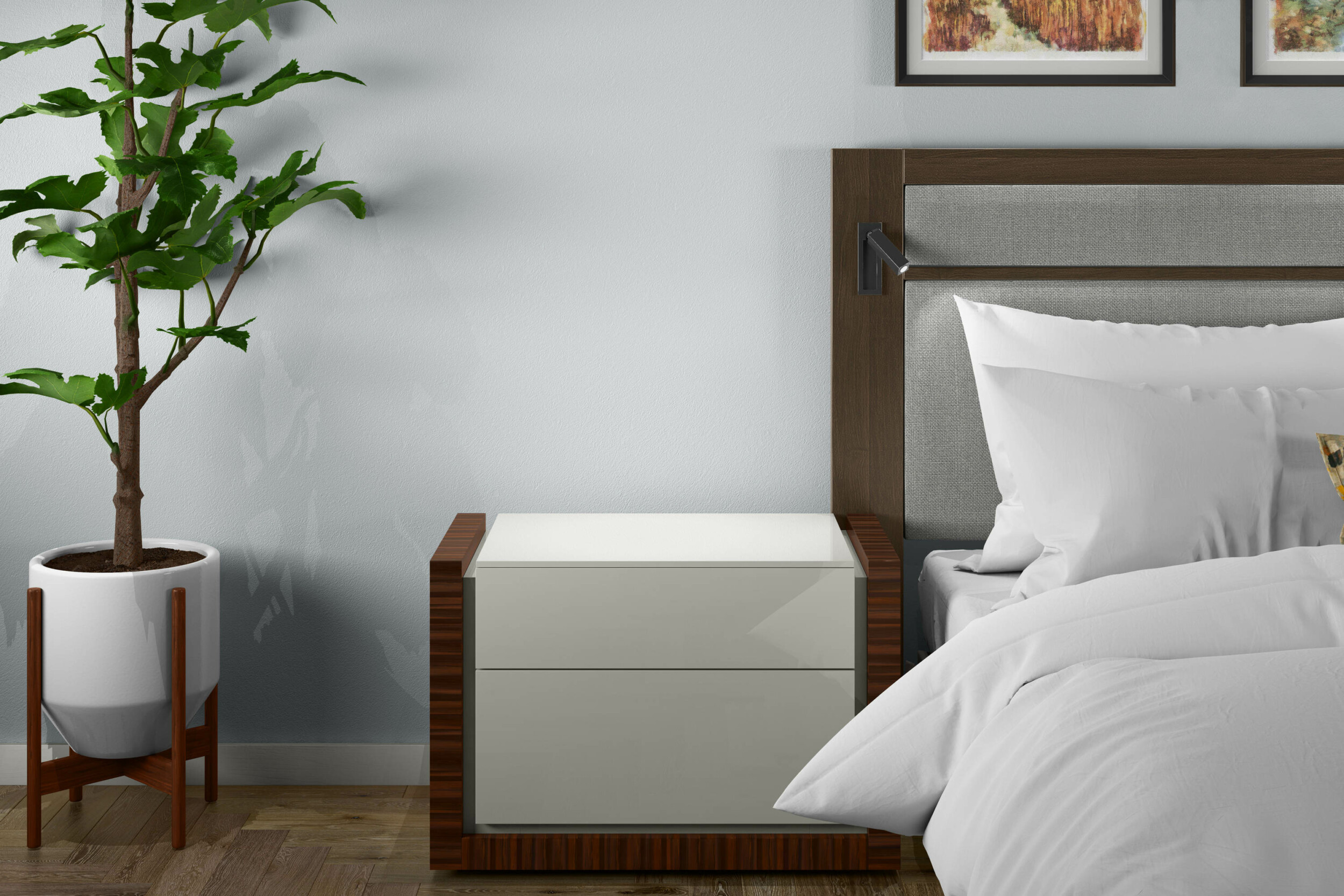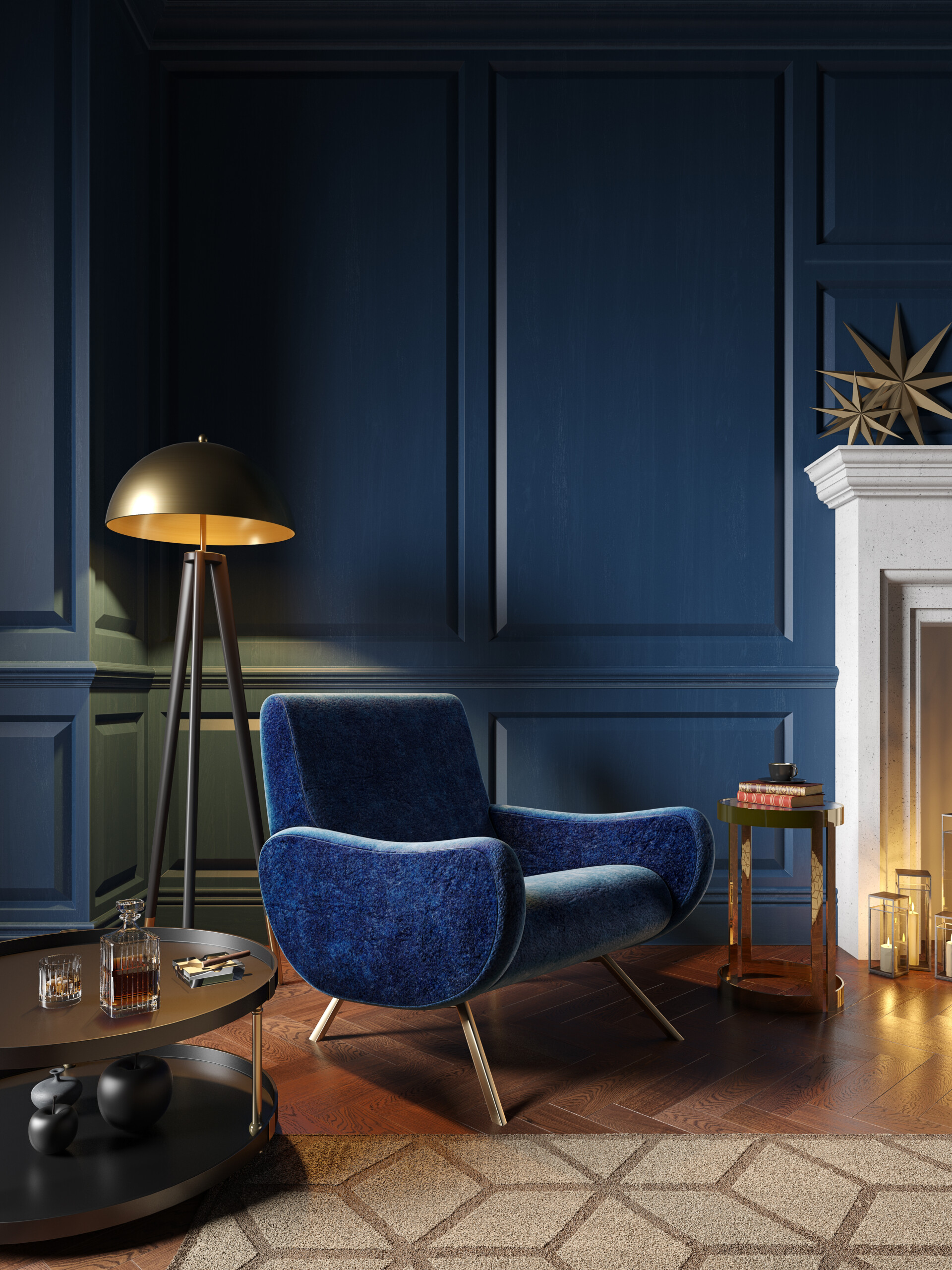HOW TO SPOT QUALITY FURNITURE BY KNOWING WHAT TO LOOK FOR
Since we know all too well that knowing what to look for when trying to identify quality furniture can be quite challenging, we turned to our decorators to share their wisdom to get you in the know when it comes to eyeing quality construction and design. If you aren’t up to speed on what identifies well-made furniture, then knowing what you are looking at when you are buying, is easier said than done.
To help you judge the cheap from the long-lasting and well-made, we’ve compiled a handy resource guide to help you identify quality furniture with ease.
BEFORE YOU BUY
Before you set out on the hunt for high quality furniture, think about what you are going to be using each piece of furniture for; how much use it is going to get, the kind of use it is going to get, and the length of time you want it to last. If you have a hold of these essentials, it will be much easier to make a judgement on the quality of furniture you are after when you are on the hunt.
Make sure you are being provided with some sort of guarantee or warranty – for well-made furniture, you should be looking at years of guarantee, not weeks or months. Figuring out where to buy quality furniture from can be tricky, so look for good guarantees and strong reviews from customers.
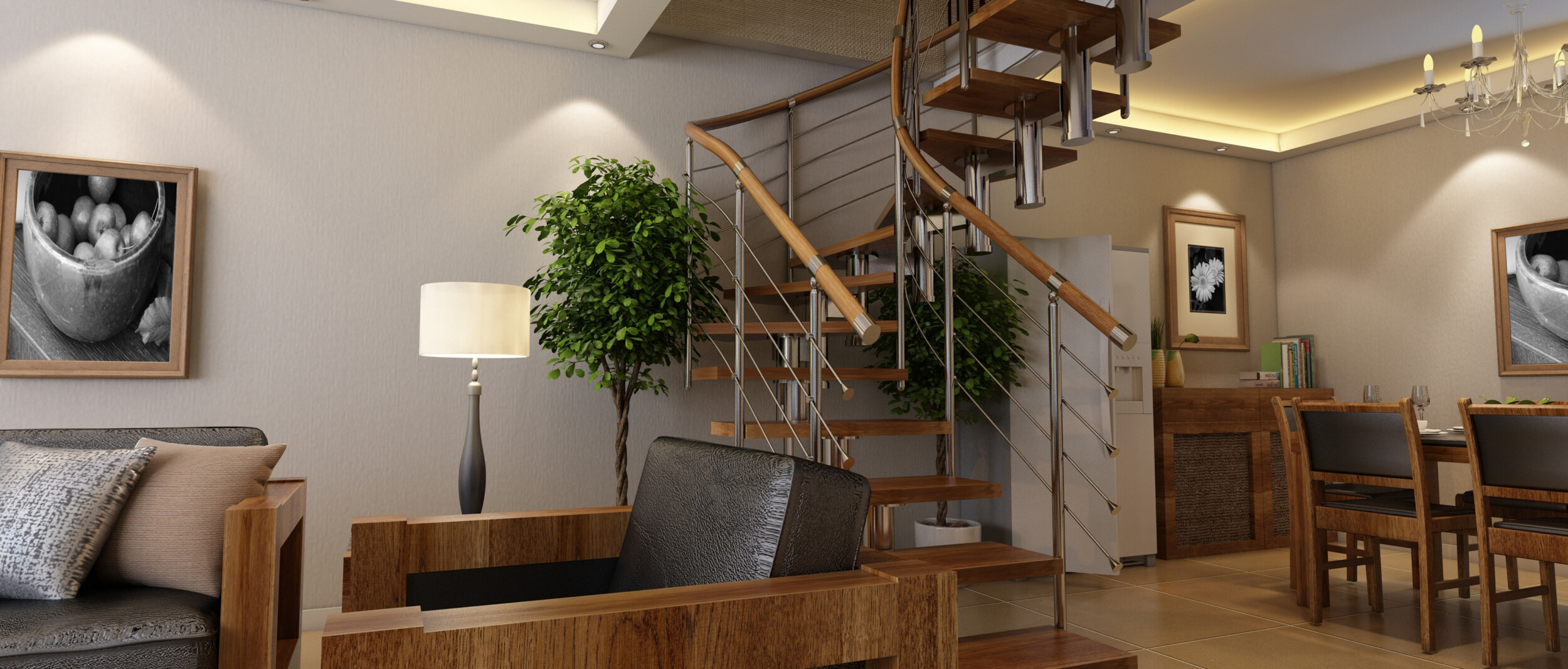
PAY ATTENTION TO FINISH
Pay good attention to the finish when you are on the prowl for quality furniture. The finish on a piece of furniture makes a big difference to the overall look and feel of the piece. You want furniture to look well-made and to look like the quality product that it is. When you look at a reading chair or a beautiful wooden sideboard, you should immediately be able to see that it’s a piece of high quality furniture.
Whether it’s the stain on the wood, the fabric used to upholster a seat cushion, or the detailed work gone into creating a stunning drawer handle, the finish on your item of furniture should evoke quality.
KNOW YOUR MATERIALS
Knowing which materials you are looking for will help you score big when it comes to shopping for good quality furniture. When you know which materials are cheap and which are expensive, this will help you find quality pieces – the chances are that low quality items aren’t going to be made out of high quality and expensive materials – so getting to grips with what costs and what doesn’t, will help you along your way.
Things like MDF, laminate cardboard, and soft wood are often used when making cheap and low-end furniture. If you see any of these materials popping up when you are looking for quality furniture, then most likely, you’re looking at the wrong sources. Solid wood, integrated joints, screws, and hand-made features are all features you should be looking for in top quality furniture.
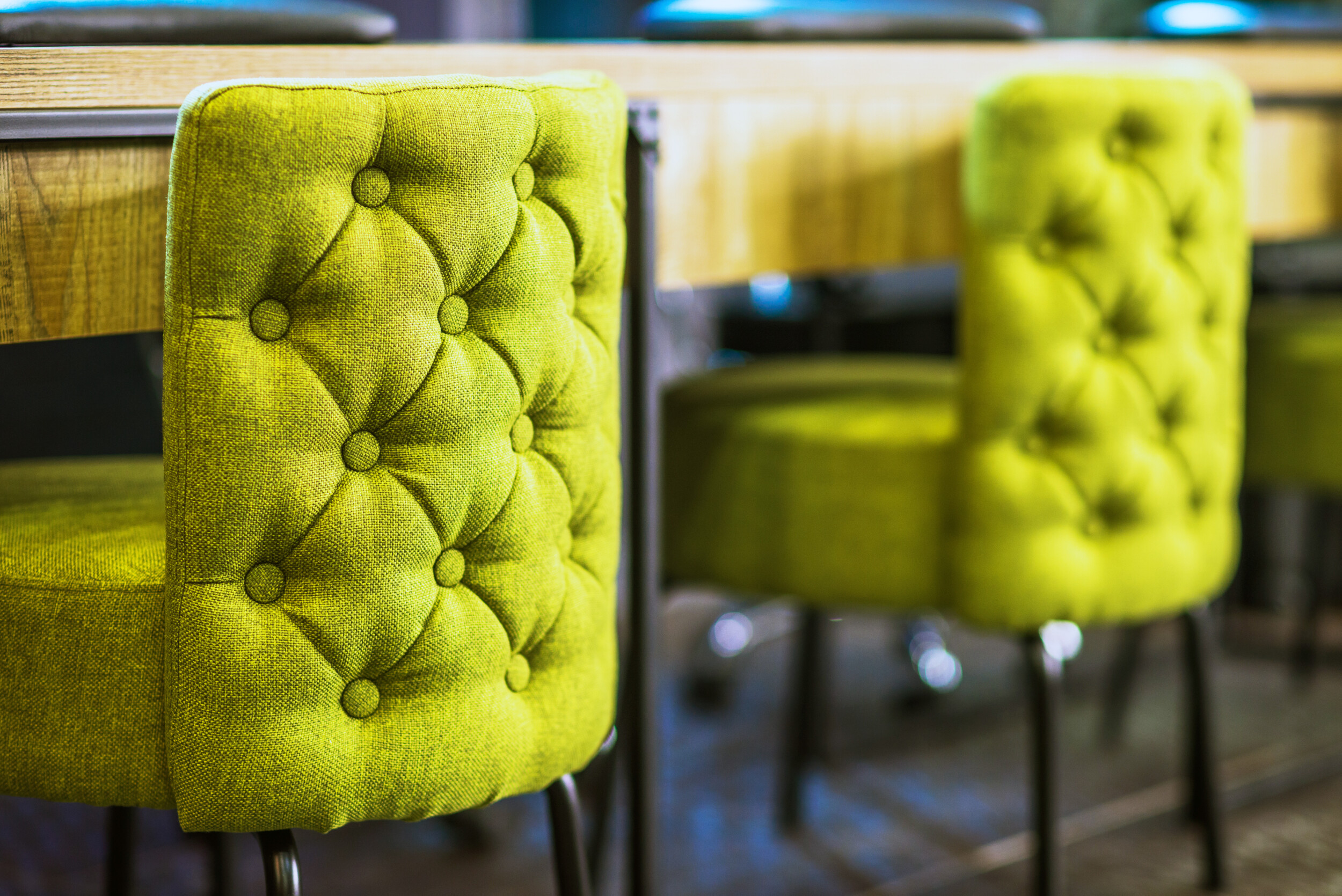
TRY BEFORE YOU BUY
Whether you’re buying a bed, a chest of drawers or a set of table and chairs, try out the furniture you are interested in, before you make a purchase. Lay down and roll over on that beautiful wooden bed frame you have your eye on – you’ll be able to tell if it has too much give in it, or if there are any ominous creaking sounds when you try it out. Open all of the drawers on a chest of drawers you have been looking at; make sure each of them opens with ease and take note of the level of craftsmanship that has gone into them.

Sit on chairs to get a feel for how sturdy they are and take time to lift and move each of them around to get an idea of how well made they are. Don’t be shy when you are on the hunt for high quality furniture; if you are going to spend a lot of money on something, you want to make sure it’s built to last.
WEIGH IT UP
Feeling the weight of a piece of furniture is an interesting one; you might think that all good quality furniture should be heavy, but that’s not necessarily the case. Quality furniture doesn’t have to be overly heavy, just like cheap furniture doesn’t have to be light and flimsy. The best quality furniture is the weight you would expect it to be. From looking at something, you can usually judge how much you are expecting it to weigh when you move it or pick it up.

If you look at a solid wooden lamp, then pick it up with such force that you nearly fling it across the room, then it’s probably not of the best furniture quality. Solid wood won’t be light and so easy to pick up, and if it is, chances are, you’ve stumbled upon something lower in quality and made out of a cheaper material than you first thought. On the flip side of that, quality furniture shouldn’t be heavier than you thought either – if it is, then there’s likely to be an inexpensive material in its making that wouldn’t be there on a higher end piece.
IS IT HANDMADE?
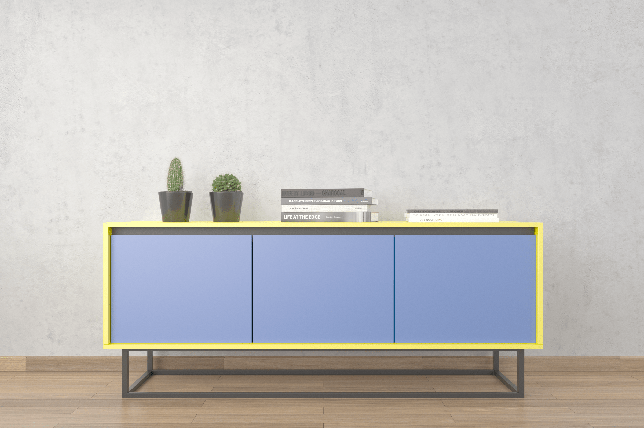
If someone has the skill to make something by hand, then the level of furniture quality will be high. A huge amount of time and effort goes into creating something by hand, so expect a higher price tag, so you can feel secure with the knowledge that you are buying good quality furniture.
Don’t be afraid to ask to see the workshop and have someone talk you through what they are doing, or to talk to the owner and maker about the pieces and their vision; it’s good to know where your quality furniture is coming from when you are going to spend a lot of money on it.
CONSIDER ANTIQUES
A sure-fire way to get hold of well-made furniture is to seek out antiques and vintage gems. Head to antique shops and sellers to find vintage pieces to ensure you are choosing quality furniture. You know you are getting top quality furniture when buying antiques, as they have already stood the test of time.
A well-made furniture piece wouldn’t last 65 years, if it hadn’t been crafted properly. If you know what you are looking for, you can even source yourself cheap quality furniture when you are hunting for antiques. Not everyone has an eye for antiques, so they might not know the furniture quality they have in their possession; keep your eye out for some real steals.
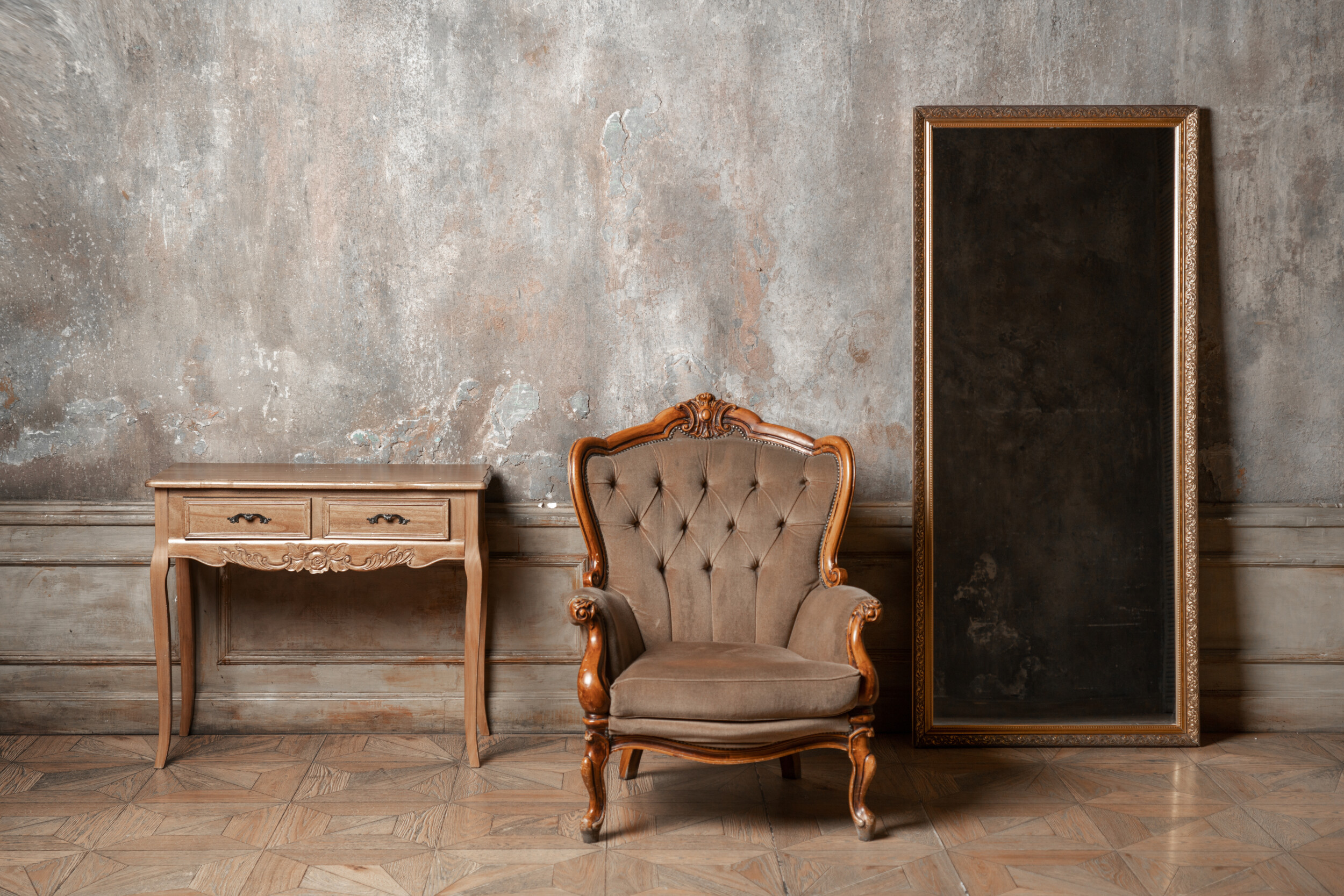
EYE UP THE CONSTRUCTION
Construction is important when considering furniture quality. If you can see high quality materials being used, then you should be able to see sound and well thought out construction too, with no corners being cut. Staples and nails are a no go for quality furniture – the best quality furniture is bonded with screws and dowelling (glue can be used but only as an addition) – corners should be reinforced, and joints should be well made and strong.
If you can see all the joints and any gaps, and you can see glue seeping out from between, then you’ll know you are looking at cheap quality furniture.
